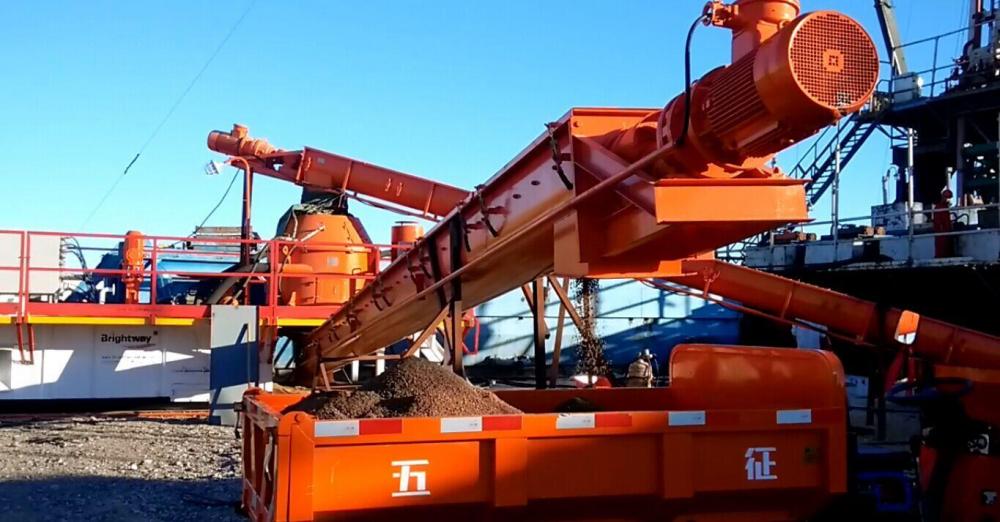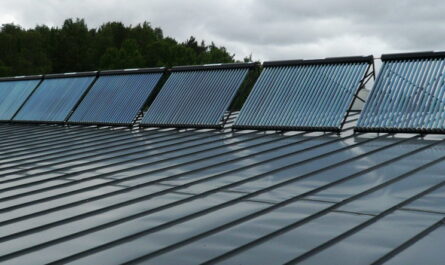Introduction to Drilling Waste
Drilling waste is a byproduct generated during oil and gas drilling operations. It includes drilling mud, cuttings, and fluids used or produced in the process of drilling wells. Drilling mud is a thick liquid mixture pumped downhole during drilling to lubricate and cool the drill bit, carry cuttings back to the surface, control downhole pressures, and provide stability to the wellbore. Cuttings are rock particles generated by drilling and circulated back up to the surface suspended in drilling mud. Other drilling fluids such as cement slurries, completion fluids, acidizing fluids, and workover fluids may also require proper management and disposal once used.
Regulations for Drilling Waste Disposal
Stringent regulations govern the disposal and management of drilling waste to protect the environment. The main statutes that regulate drilling waste in many jurisdictions include the Resource Conservation and Recovery Act (RCRA) and the Oil Pollution Act (OPA) in the United States. RCRA establishes standards for hazardous waste generation, storage, transportation, treatment, and disposal. OPA aims to prevent oil spills into navigable waters and shorelines. Both laws hold operators responsible for the proper handling and environmental remediation of drilling waste. Permits must be obtained before any onsite disposal or transportation of waste off location. Operators are also responsible for waste characterization to choose appropriate treatment and disposal methods. Regular audits and record-keeping help ensure compliance.
Onshore Drilling Waste Management Methods
For onshore drilling operations, common Drilling Waste Management methods include landfarming, landfill disposal, thermal desorption, bioremediation, and secure landfilling. Landfarming involves spreading cuttings over agricultural land to biodegrade hydrocarbon contaminants through natural microbial degradation. The cuttings are tilled periodically and monitored to ensure contaminants break down below regulatory thresholds before the land can be used again. Landfill disposal involves transporting and burying cutting wastes in lined, permitted landfill sites. Thermal desorption uses heat to separate hydrocarbon contaminants from cuttings for later combustion or reuse. Bioremediation aids natural biodegradation through controlled addition of nutrients, oxygen, or microbes. Secure landfilling involves permanent disposal of non-hazardous wastes in specially engineered landfills with liner and leachate collection systems.
Offshore Drilling Waste Considerations
Offshore drilling poses unique waste management challenges due to logistical constraints of operating from drillships and platforms located miles offshore. Disposal directly overboard or to ocean floor is prohibited to prevent pollution of marine environments. Cuttings are typically dried and stored onboard until returned to shore-based facilities for approved treatment/disposal. However, larger volumes of waste combined with limited storage capacity can require mid-water discharge permitted under stringent conditions. Factors like toxicity, bioavailability, and potential impacts on ecosystems are carefully evaluated before approval. Some facilities invest in cutting dryers, centrifuges, and other technologies to reduce offshore waste volumes. Ultimately, zero discharge remains the long-term goal for sustainable offshore operations.
Alternative Waste Management Technologies
Research continues on alternative waste management technologies to improve both environmental performance and cost-efficiency. Encapsulation technologies look to stabilize and immobilize contaminants in cuttings through techniques like silica encapsulation, thermoset resins, and microencapsulation for safer long-term storage or disposal. Industrial minerals like pozzolan, cement kiln dust and Bauxite residues are investigated for their binding properties to solidify cuttings. Thermal desorption coupled with pyrolysis shows promise to recover reusable oil and generate construction-grade aggregate from cuttings. Mobile skid-mounted units enable onsite application of newer technologies to process waste streams directly rather than handling, transporting, and disposing of vast volumes of wet cuttings. Long-term, the vision is to transform drilling waste into non-hazardous, recoverable, or commercially usable materials aligned with the principles of a circular economy.
Effective management of drilling waste protects the environment while supporting continued energy production. Regulatory compliance, record-keeping, facility planning, and operator training play critical roles. Onshore, approved methods like landfarming and permitted disposal provide viable solutions. Offshore, advanced waste processing helps minimize discharges. Alternative technologies aim to not just treat but transform waste, recover resources, and shape a more sustainable future. With judicious waste planning and available treatment options, responsible handling and disposal of drilling byproducts can be achieved safely for people and the planet.
*Note:
1. Source: Coherent Market Insights, Public sources, Desk research
2. We have leveraged AI tools to mine information and compile it



